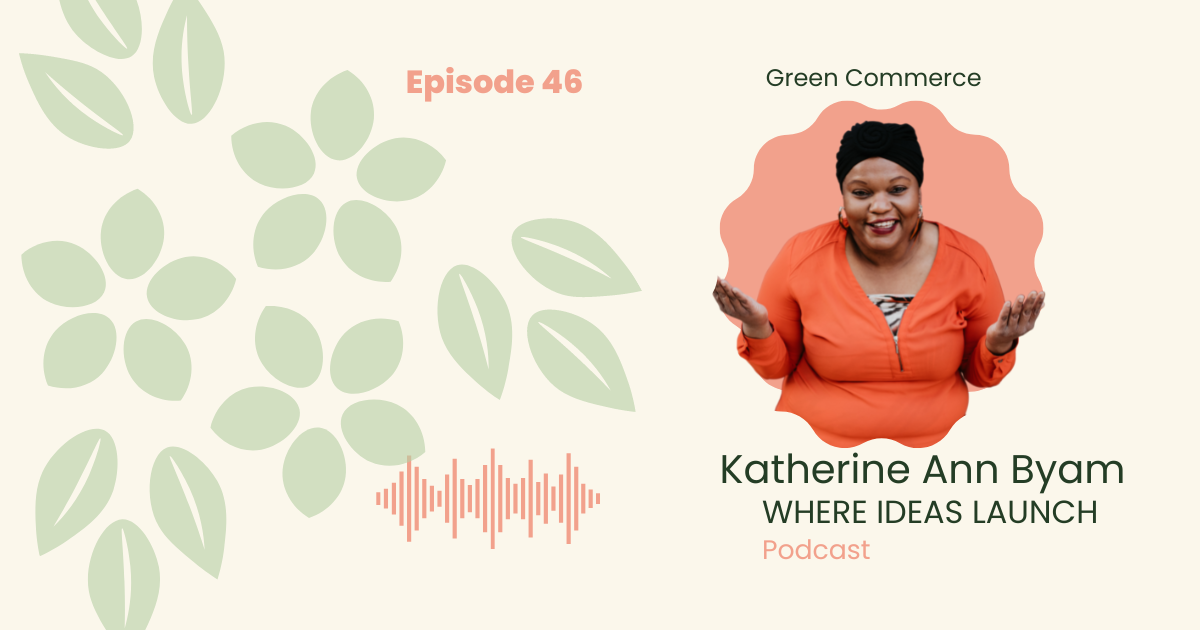
Preparing to go to market is separate from going to market; there are a host of other decisions that need to be made at this stage, principally around audience building and or client attraction. For product marketers, it includes critical supply chain decisions, as well as the choice of commercial strategy.
For service businesses, as well as product businesses it is about audience building, generating a buzz and excitement for your product, being visible and discoverable online, and the different paid and organic means to realise these objectives.
In this episode we will be covering:
Launching is quite different from making your product or service available. It is about building anticipation with an audience you are actively building. Creating a sense of momentum toward a goal is the main thing here, as you don’t want people to purchase your product and not use it, this is waste, whether it be digital waste, or physical waste. You want to heighten awareness of the problems your product or service solves, or the lasting joy it will bring to the consumer, either through celebrating their ability to make responsible choices, or having something that lasts much longer.
Entire industries and a lot of wealth in the world has accrued to businesses that launch things that go from shop to landfill in mere seconds after entering the hands of the consumer. All the supply chain costs, poor wage rates, endless pollution, that create problems for city councils to take care of.
Launching a green business has to excite people about being responsible. It has to help them raise the lid on green practices that feel good, as opposed to unethical marketing, sales, and product strategies that leave us with a moment of pleasure and eternal regret.
I hope I painted that picture pretty clearly!
It’s case study time. I use some of my case studies not as examples of model businesses, but to explain the principles of what we can learn from the example. My first case study is Apple.
When Apple launches a product, people queue up physically or virtually to buy it.
There’s a big reveal, a demonstration of contemporary design concepts and all their marketing effort is directed at this single focussed product of the launch – They do not talk about any of their other products, although they still sell other products, by bringing audiences to their store or web page.
This is what launching can feel like for a green business if you study the art of making it happen for ethical businesses.
Maybe you don’t have the means to do a launch on the scale of Apple, but you can do a well staged launch using the audiences that you have. Wherever they are. This is what Season 3 of this podcast is for me, it's exciting my listeners to start amazing green businesses that excite people.
The fundamental principles of launching are to have a sustained effort at one period to launch your product or service to the world.
These are the broad steps you should consider.
o Make it with me /or do it with me challenge for 3 to 5 days
o A bundled offer – potentially with collaborators
o A party of some kind that uses your product or service
o A limited time promotion
o A summit or series of speakers.
o A marketing campaign through ads or other
o A Masterclass
o A waitlist
This is an intense process, but this is what it takes to launch well.
You do not have to launch in a big, controlled rhythm like this, but you are likely to generate more long-term traffic and sustainable income this way, than having to promote your product or service every week.
A sustainable business must not only be sustainable for the planet. It must also be sustainable for you as the world or your community needs to benefit from the existence of your service or product.
Your values are key to helping you drive the outcomes you want for both the business and the planet. Building an audience is the most underestimated but critical element that we underestimate because we believe that people share our purpose and our passion.
The challenge with audience building is trust. If you start something new, even people who know you have reservations about trusting you.
In this internet age, it has really become self-fulfilling at times, as the bigger your brand gets, the more people trust you, but if you are not yet on the growth ladder, you need to find ways to get on it.
For all our planet friendly intentions, we still need to compete, sometimes with each other, but more significantly with brands who do things in less ethical ways.
If we plan to live and eat from our business, we need to make it viable, which includes competing with others, or finding the underserved niche, and sharing with them how your product or service will transform their outcomes.
The better you get at organic growth, the lower you can get your prices, but advertising as a strategy may be needed to build the initial audience, so consider those strategies well.
Throughout the experience of your launch, you need to have considered and prioritised customer service; this should be pre-designed but adapted as needed.
To run a sustainable purpose driven business you need strategy to achieve the objectives you have yourself in a metrics-oriented way.
And therefore, you need to document as much as possible, the whole sequence of events, with all your finances, and everything considered.
Launching summary